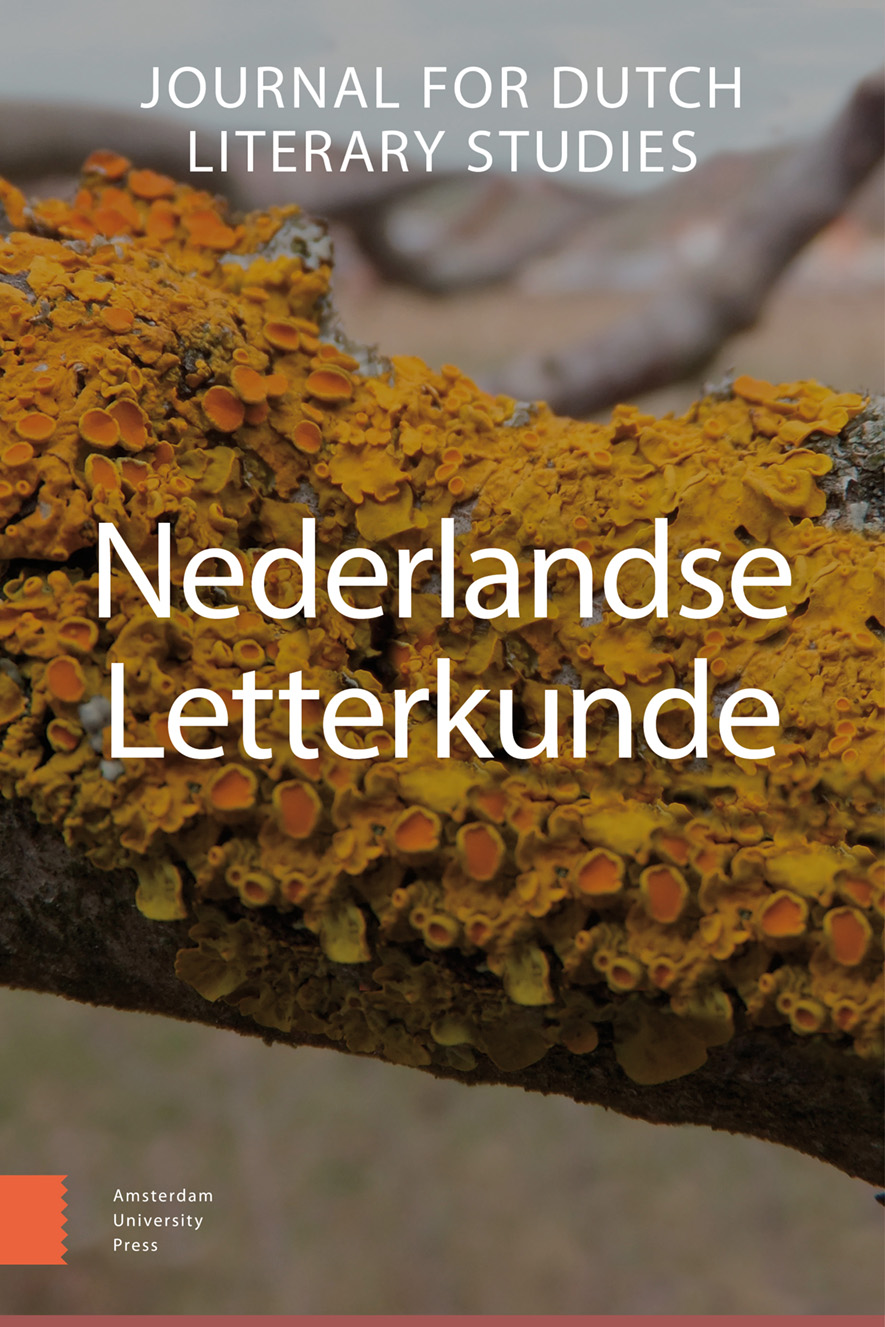-
oa ‘Opdat ik heenga als een man’
Oorlog en mannelijkheid
- Amsterdam University Press
- Source: Nederlandse Letterkunde, Volume 24, Issue 2, Sep 2019, p. 211 - 230
-
- 01 Sep 2019
Abstract
‘That I may perish like a man’. War and masculinity
This essay focuses on the cultural representation of masculinity in times of war. It unravels the gender effects of the topic ‘call to arms’ in which men are addressed as soldiers while women are often relegated to invisibility or to a helping role. Thus, the onset of war creates gender. The topic reconstitution of men and women in times of war is first analysed in a selected corpus of Dutch war poetry (Jan Camperts ‘Het lied der achttien dooden’ (1943) among others), secondly in Michael Curtiz’ classic film Casablanca (1942) and finally in W.F. Hermans’ novel De donkere kamer van Damocles (1958). Cultural texts can create genders, as I am demonstrating through a detailed analysis of Casablanca, but they can also resist this creation and critically enlighten its failure, which is, in my view, the gender scenario of De donkere kamer van Damocles.


